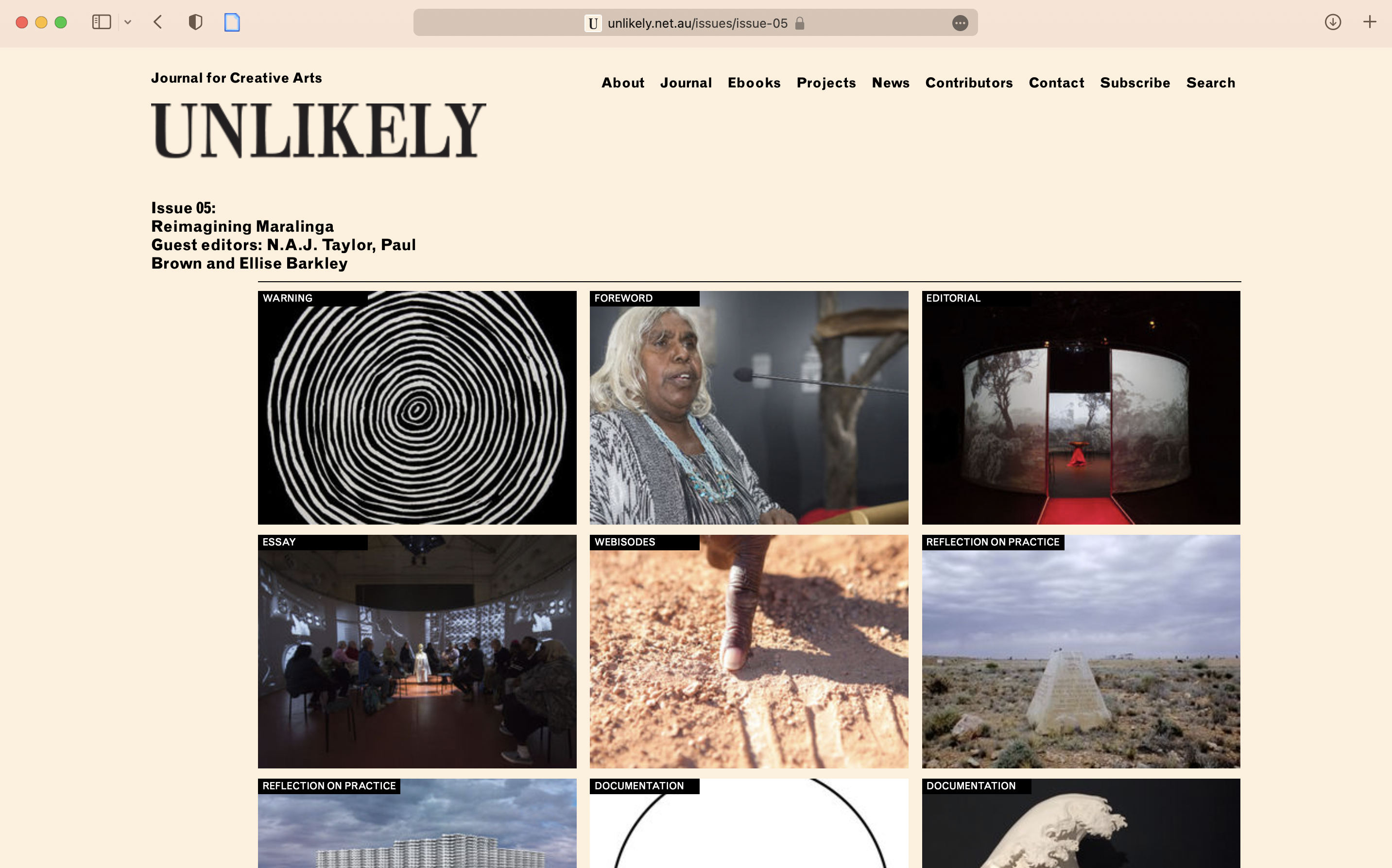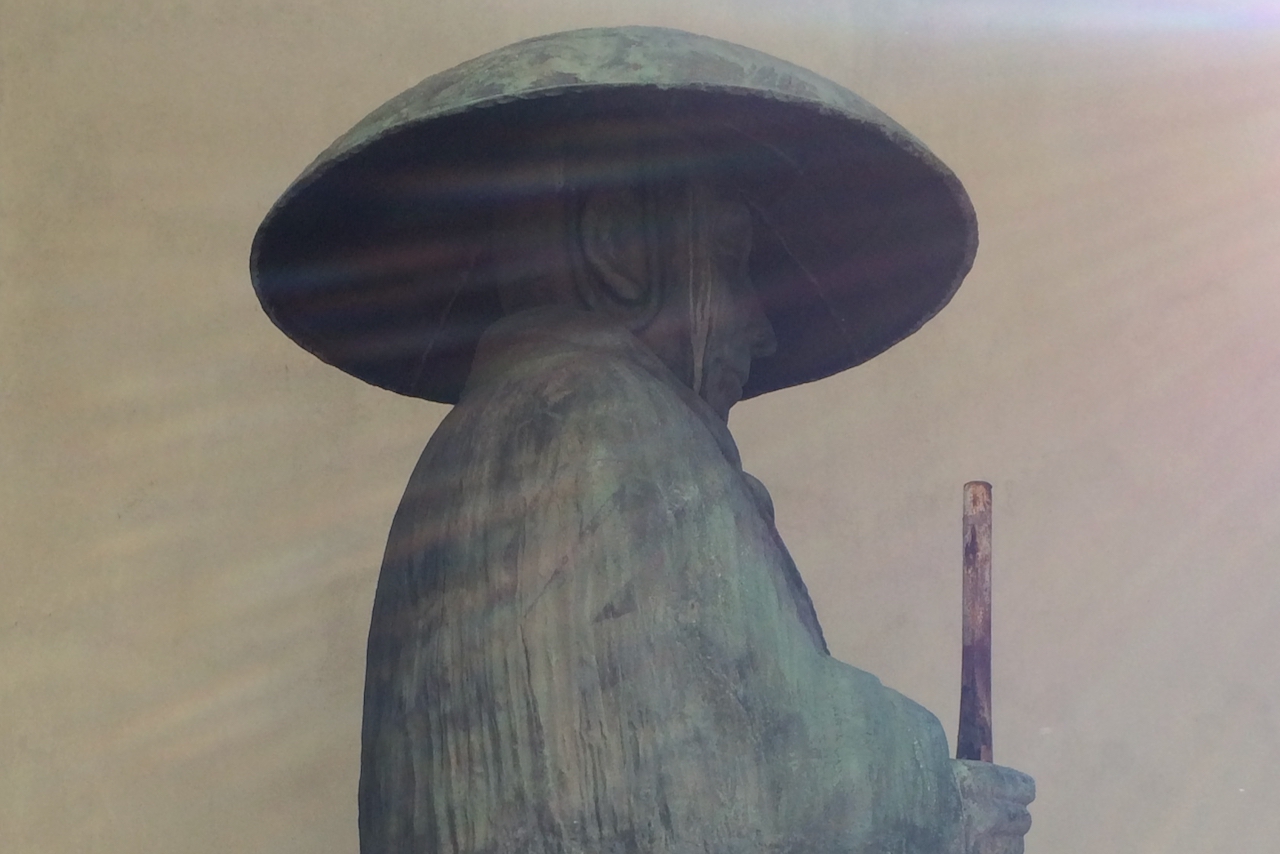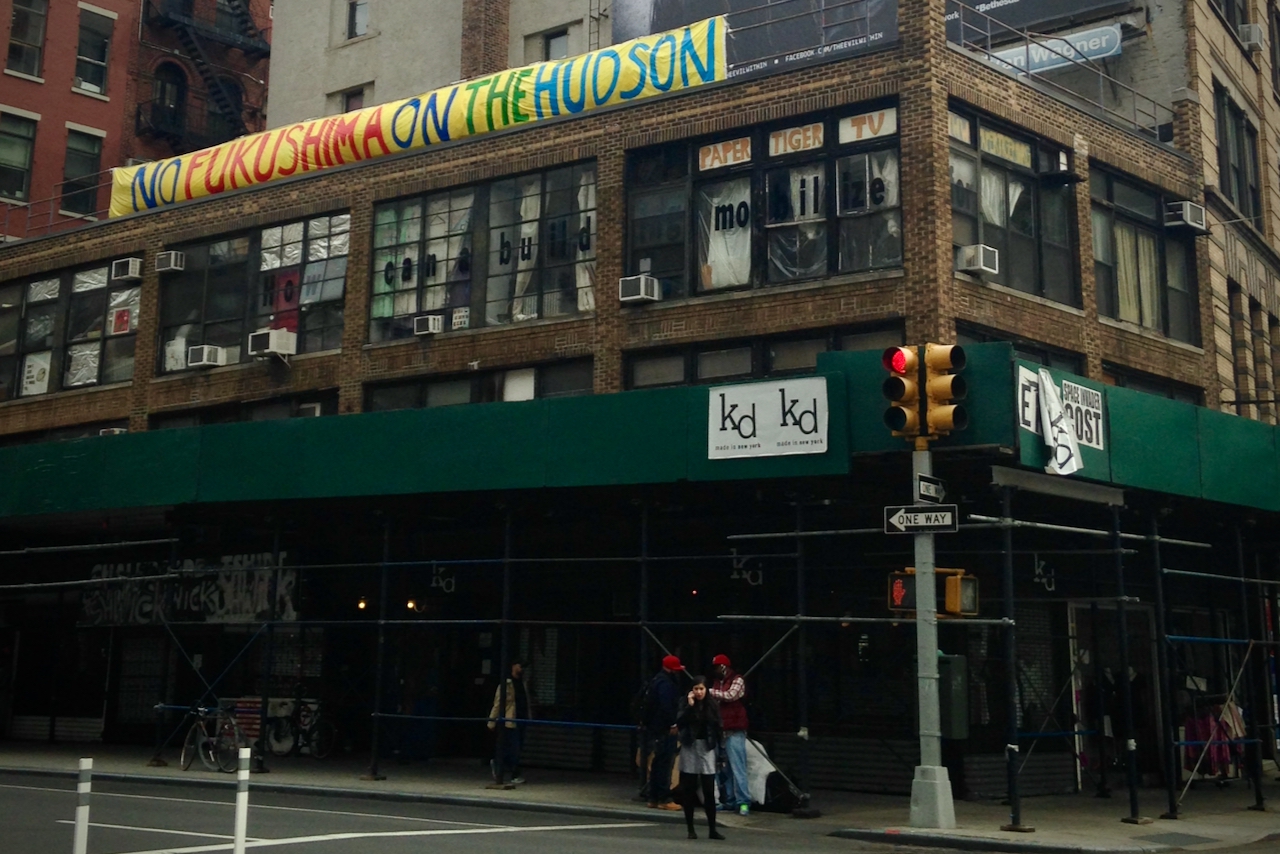
People tend to think of "harm" as limited to the individual human body or psyche. However, nuclear harms violate not only the human body, but also the biosphere on which all life depends. Despite this, ethical thinking on the nuclear age remains human-centred. To render these human-biosphere connections visible in nuclear discourse, this project problematizes Andrew Linklater's efforts to globalise the liberal harm principle by (re)constructing the Antipodean nuclear philosophy of the late environmental philosopher, Richard Routley/Sylvan, through archival research.︎
Principal investigator: N.A.J. Taylor︎
Institutional partner: John Denis Fryer Memorial Library of Australian Literature︎
Sponsors: Australian Federal Government and The University of Queensland
Funding: $110,000 (external)
Key output: an award-winning doctoral thesis︎

The Archive of Nuclear Harm collected and displayed materials on life and death in the nuclear age. We also designed and delivered educational programs. Items of interest included artworks and other cultural artefacts that explore the full range of harms—to bodies and the biosphere—that are inflicted by both the civilian and military applications of nuclear technology, as well as the universal problems of nuclear contamination and waste. Since the legacy of the nuclear age must be conceived on timescales of up to one million years and threaten the continued safe operating conditions of Earth’s biosphere, this will be a memory institution like no other.︎
Principal investigator: N.A.J. Taylor︎ Sponsors: Alphaville Theatre Company / Australia Council for the Arts; Ghost Foundation; Nuclear Futures Partnership Initiative / The University of New South Wales; The Seed Box: A MISTRAS-FORMAS Environmental Humanities Collaboratory / Linköping University; The University of Alabama; The University of Montreal; The University of Queensland; Whitman College
Funding: $20,000 (external)
Key output: a manifesto︎
Principal investigator: N.A.J. Taylor︎ Sponsors: Alphaville Theatre Company / Australia Council for the Arts; Ghost Foundation; Nuclear Futures Partnership Initiative / The University of New South Wales; The Seed Box: A MISTRAS-FORMAS Environmental Humanities Collaboratory / Linköping University; The University of Alabama; The University of Montreal; The University of Queensland; Whitman College
Funding: $20,000 (external)
Key output: a manifesto︎

This special issue both documents the Nuclear Futures Partnership Initiative, a five-year community arts project that seeded a nationally significant suite of Australian atomic artwork, as well as makes known several new insights and understandings about Australia's experience of the nuclear age that resulted from it. Across twenty-two projects, participants explored how multiple, dynamic and diverse arts practices drive creative reflection on the atomic age and its consequences for the deep future. Underpinning the work is a range of community arts and cultural development approaches, involving collaborations between communities, their artists, and visiting arts workers particularly within remote—and predominately Aboriginal—communities that experienced British nuclear tests at Maralinga, and with nuclear veterans in Australia and Britain, in collaboration with Japanese Hibakusha.︎
Co-editors: N.A.J. Taylor︎, Paul Brown (The University of New South Wales)︎ and Ellise Barkley (Queensland University of Technology)︎
Institutional partners: Alphaville︎ and Yalata Anangu Aboriginal Corporation︎
Sponsors: Australia Council for the Arts (for the underlying project led by Paul Brown)
Key output: a multimedia special issue︎
Co-editors: N.A.J. Taylor︎, Paul Brown (The University of New South Wales)︎ and Ellise Barkley (Queensland University of Technology)︎
Institutional partners: Alphaville︎ and Yalata Anangu Aboriginal Corporation︎
Sponsors: Australia Council for the Arts (for the underlying project led by Paul Brown)
Key output: a multimedia special issue︎

Numerous people claim to have contributed something new to our understanding of Hiroshima, as well as its aftermath. However, major volumes dedicated to thinking freely and imaginatively about the nuclear attacks on Hiroshima and Nagasaki are rare. Certainly, there have been very few, if any, concerted attempts to interpret Hiroshima anew and from a range of different perspectives as contributors do in this special issue of Critical Military Studies.︎
Co-editors: N.A.J. Taylor︎ and Robert Jacobs (Hiroshima City University)︎
Key output: a special issue︎
Co-editors: N.A.J. Taylor︎ and Robert Jacobs (Hiroshima City University)︎
Key output: a special issue︎

This proposed project was to ask: What would a nuclear weapon-free world look like? And, by extension, feel like? Many have advocated a nuclear weapon-free world, but few have envisioned it as daily life. This project is to be completed in memory of L.H.M. Ling.︎
Principal investigators: N.A.J. Taylor︎, L.H.M. Ling (The New School)︎, and Ebrahim Sharifi (The New School)
Institutional partner: The New School’s Centre for Creativity and Social Change︎
Principal investigators: N.A.J. Taylor︎, L.H.M. Ling (The New School)︎, and Ebrahim Sharifi (The New School)
Institutional partner: The New School’s Centre for Creativity and Social Change︎